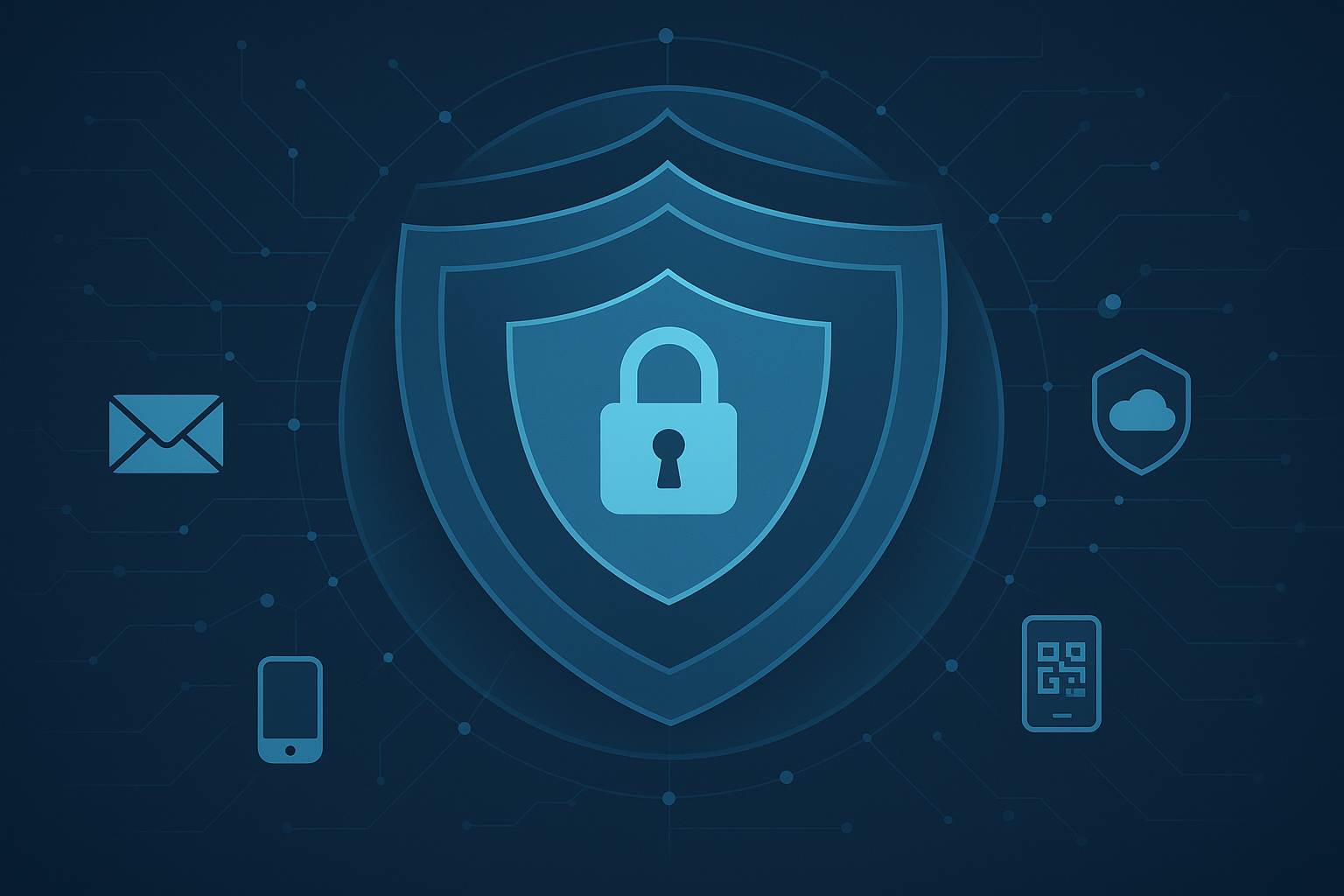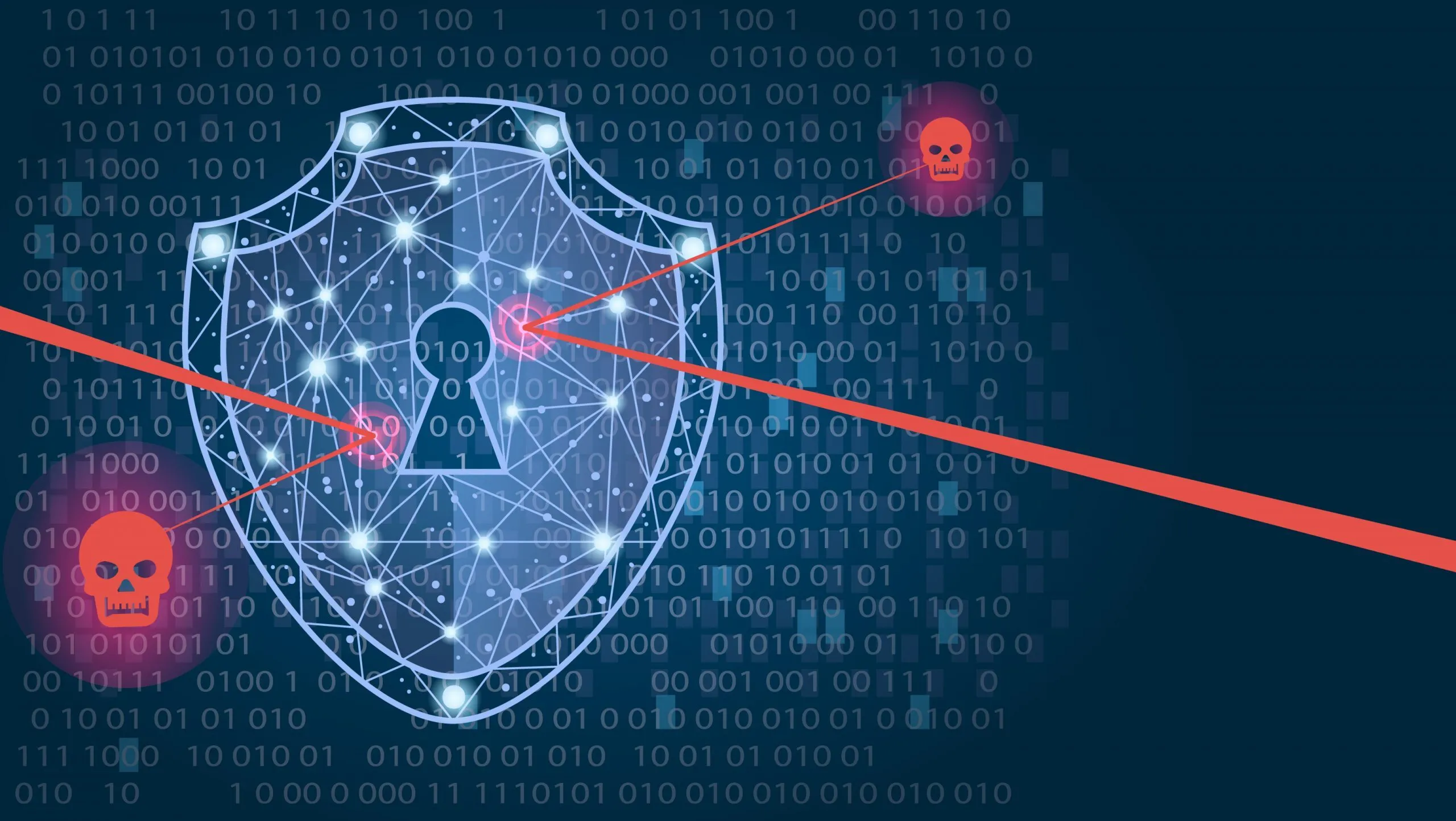Phishing isn’t what it used to be.
It’s no longer cartoonish scams from a faraway prince or misspelled bank notices.
Today’s phishing attacks are precise, fast-moving, and increasingly driven by AI—and small to midsized businesses (SMBs) are often the most vulnerable.
With lean teams and limited IT resources, SMBs may not have time to track every emerging threat.
But attackers are tracking you.
From credential stuffing to deepfake voicemails, here are the top five phishing threats SMBs tend to overlook in 2025—and how you can stay protected without needing a full security team.
1. AI-Generated Phishing
What It Looks Like: Hyper-personalized emails, text messages, or even voice/video messages crafted using AI. Attackers use behavioral data and public profiles to mimic familiar styles—or even clone a CEO’s voice.
Why It’s Overlooked: It feels “too real” to question. Traditional filters don’t catch messages with clean grammar and accurate context.
What You Can Do:
- Train staff on recognizing deepfakes and unusual requests—even if they appear to come from a trusted contact.
- Use advanced phishing simulations that include AI-generated voice and video prompts.
- Upgrade to behavioral-based email security, not just keyword filters.
2. Credential Stuffing
What It Looks Like: Attackers take usernames and passwords leaked from one site and try them across your systems.
Why It’s Overlooked: Staff reuse passwords. IT teams may lack tools to detect cross-site login attempts.
What You Can Do:
- Enforce unique passwords using a password manager.
- Require MFA (multi-factor authentication) for all accounts.
- Monitor the dark web for staff credential leaks.
3. Supply Chain Phishing
What It Looks Like: Phishers compromise one of your vendors or suppliers, then pivot into your network by impersonating them.
Why It’s Overlooked: The email looks like it’s from a known supplier. SMBs often assume the vendor’s security is solid.
What You Can Do:
- Ask vendors for proof of SPF, DKIM, and DMARC alignment.
- Treat all unexpected invoices or links with caution—even from familiar contacts.
- Limit third-party access to only what’s absolutely necessary.
4. QR-Phishing, Smishing, and Malicious Popups
What It Looks Like: Fake QR codes in public places, malicious SMS links, or on-screen prompts that hijack mobile devices.
Why It’s Overlooked: These tactics don’t show up in email, and mobile protections are often weaker.
What You Can Do:
- Educate employees to avoid scanning unknown QR codes or tapping links from unknown SMS sources.
- Use secure mobile browsers and device management tools.
- Disable app installations from unverified sources.
5. Agentic AI Attacks
What It Looks Like: Autonomous bots that crawl public data, launch phishing emails, attempt logins, and even simulate full conversations—all without human input.
Why It’s Overlooked: The activity is quiet, fast, and doesn’t follow typical patterns. Traditional detection systems may miss it.
What You Can Do:
- Monitor for unusual login patterns and alert on anomalies.
- Use rate limiting on login attempts.
- Block unknown or non-business countries in your firewall settings.
What Small Teams Can Do Right Now
You don’t need a massive IT department to build smarter defenses:
- Train often: Even one staff phishing simulation per month improves awareness.
- Use layered protections: Set up SPF, DKIM, and DMARC. Use MFA. Encrypt data at rest and in transit.
- Run a basic security scan: Tools like Microsoft’s Secure Score or SentinelOne’s checklist can show you where you’re vulnerable.
- Limit access: Only give access to the tools and files someone truly needs—especially vendors.
- Build a response plan: Know what to do (and who to call) if something slips through.
Final Thought
Phishing threats in 2025 are more automated, targeted, and believable than ever.
But you don’t need to be a cybersecurity expert to protect your business.
By understanding where attacks are headed and building practical defenses now, your team can stay one step ahead—and out of the headlines.
If you’re not sure where to start, talk to an IT partner who understands modern phishing.
The best time to prepare was yesterday. The next best time is today.
Contact us here.

